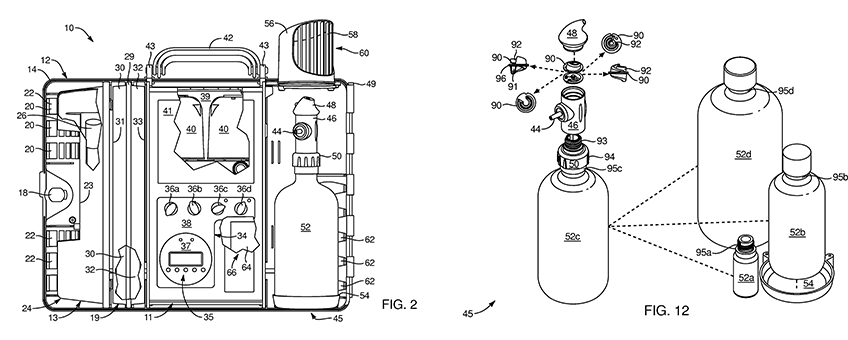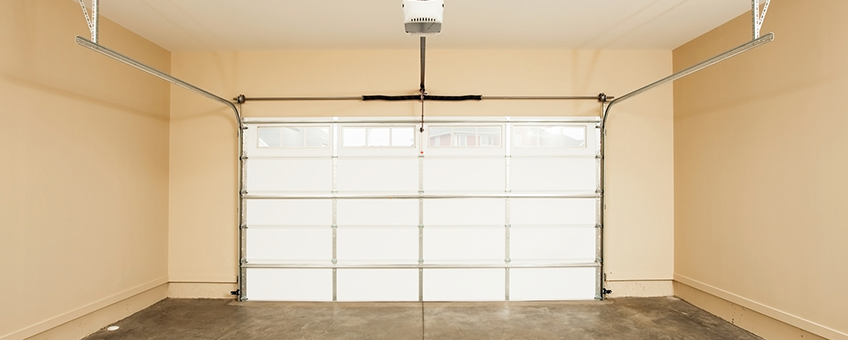Facebook, Inc., v. Windy City Innovations, LLC
Nos. 2018-1400, 2018-1401, 2018-1402, 2018-1403, 2018-1537,2018-1540, 2018-1541 Opinion Issued: March 18, 2020 Opinion Modified: September 4, 2020 Before Chief Judge Prost, with Circuit Judges Plager and O’Malley.
Windy City Innovations, LLC (“Windy City”) filed a complaint accusing Facebook, Inc. (“Facebook”) of infringing certain patents. Exactly one year after being served with Windy City’s complaint, Facebook timely petitioned for inter partes review (“IPR”) of several claims of each patent. Windy City had not yet identified the specific claims it was asserting in the district court proceeding. The Patent Trial and Appeal Board (“Board”) instituted IPR of each patent. After Windy City had identified the claims it was asserting in the district court litigation, Facebook filed two additional petitions for IPR of additional claims, along with motions for joinder to the already instituted IPRs on those patents. The Board granted Facebook’s motions for joinder even though the one year deadline for institution had passed for the two additional petitions. The Court held that joinder of the new claims was improper, vacated the Board’s final written decisions as to those claims, and remanded for the Board to consider whether the termination of those proceedings finally resolved them.









